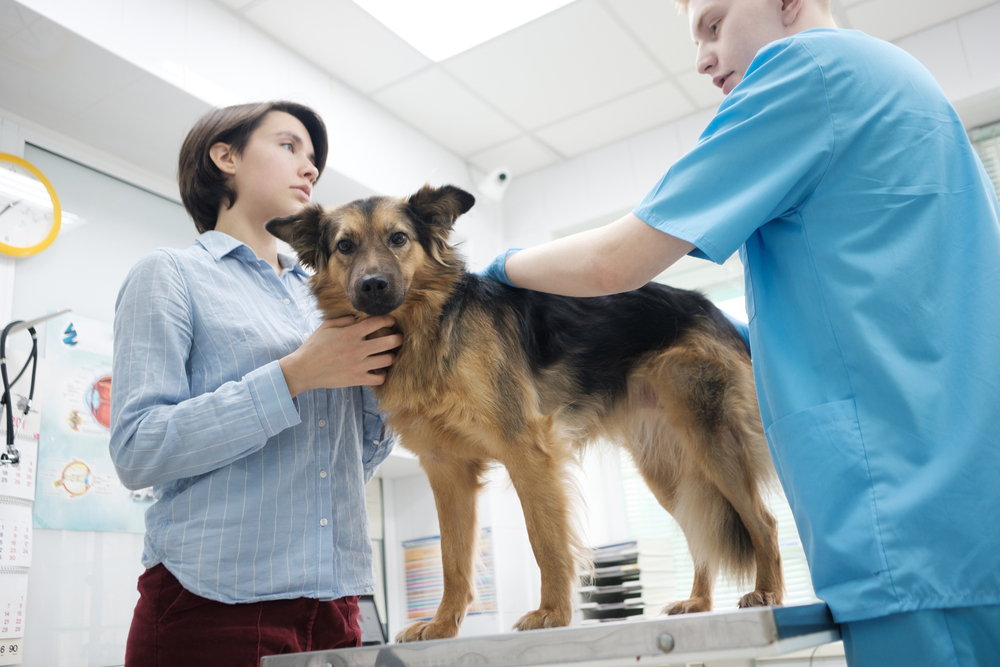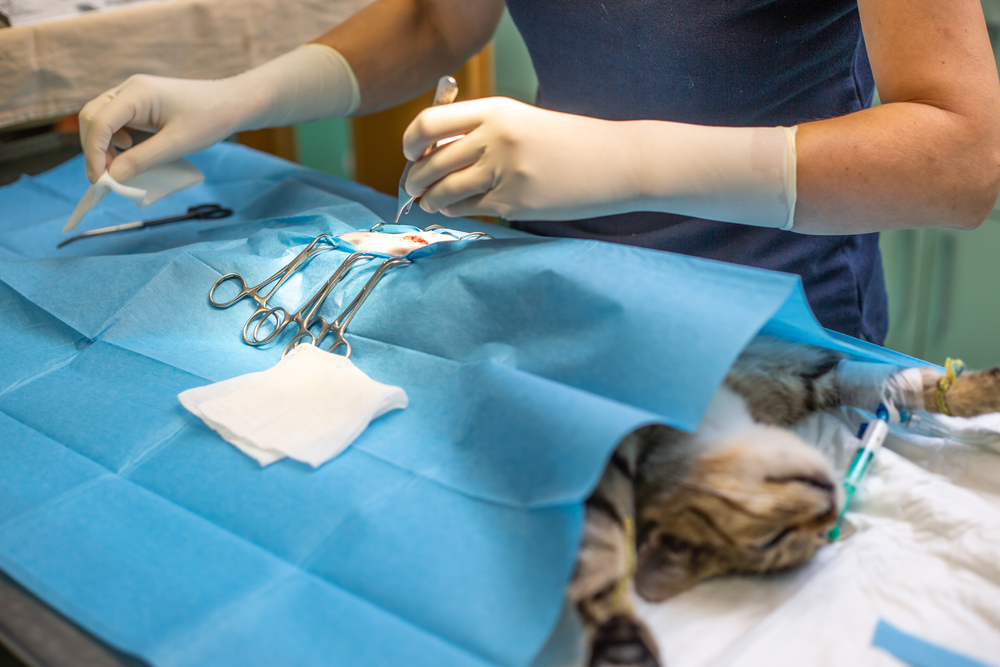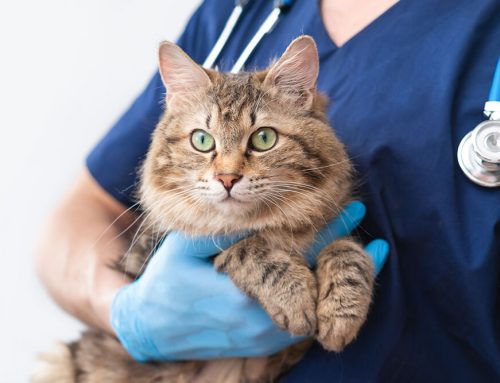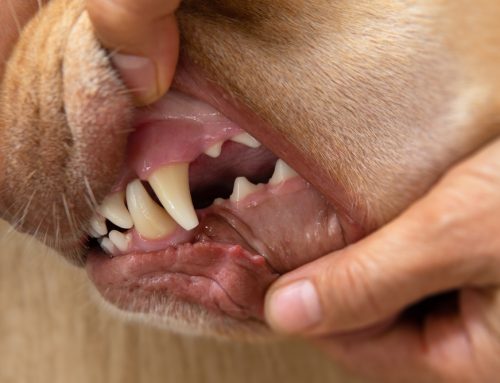Spaying and neutering are often seen as standard items on a pet care checklist—but for many owners, these decisions come with real questions and emotions. At Santa Monica Veterinary Group, we understand how personal this can feel. We’re here to guide you through the process with compassion and clarity, so you can make the best decision for your pet’s health, behavior, and long-term well-being.
Understanding Spaying and Neutering
- Spaying (ovariohysterectomy) removes the ovaries and uterus in female pets, preventing pregnancy and protecting against several health risks.
- Neutering (orchiectomy) removes the testicles in male pets and offers similar long-term health and behavior benefits.
These are routine procedures, performed under general anesthesia with your pet’s comfort and safety as our top priority.
Debunking Myths: It’s Not Just About Overpopulation
While spaying and neutering do help reduce pet overpopulation, the benefits go much further:
- Reduces serious health risks
- Improves hormone-related behaviors
- Supports a longer, healthier life
These procedures are one of the most impactful decisions you can make as a pet owner.
Medical Benefits of Spaying and Neutering
For Female Pets
- Prevents pyometra, a dangerous uterine infection. Learn more from Cornell University.
- Reduces mammary tumor risk by up to 90% if done before the first heat.
- Eliminates ovarian and uterine cancers, which are rare but serious.
For Male Pets
- Prevents testicular cancer
- Reduces prostate problems such as benign prostatic hyperplasia
- Can help manage perianal fistulas, which are more common in intact males
Behavioral Benefits: A Calmer, Safer Home
Spaying and neutering can help minimize:
- Roaming in search of a mate
- Territorial aggression or mounting behaviors
- Urine marking and spraying, especially in male cats and dogs
- Vocalization and restlessness in females during heat cycles
These hormone-driven behaviors often fade post-procedure, helping to create a more relaxed environment for both you and your pet.
What If You Choose Not to Spay or Neuter?
Choosing not to spay or neuter your pet is a personal decision, but it does require greater responsibility and vigilance. If you opt to leave your pet intact, here are a few important considerations:
For Female Pets
- You’ll need to manage heat cycles, which can occur every 6–8 months and last up to 3 weeks. These cycles often involve vaginal bleeding, vocalization, and restlessness.
- Your pet will attract male dogs from considerable distances, so extra caution is needed when outdoors—even in a fenced yard.
- Health risks increase with age. Pyometra, mammary tumors, and uterine cancers are more likely in unspayed females.
For Male Pets
- Intact males may show stronger territorial behaviors, including marking, mounting, and aggression.
- They may try to escape or roam if they sense a female in heat nearby.
- Behavioral training becomes even more important to manage hormone-driven reactions.
Considering a Litter?
- Most pets don’t have a maternal or paternal instinct in the way humans imagine. Parenting can be confusing or stressful for them.
- Costs add up quickly: prenatal care, puppy/kitten vet visits, food, supplies, and potential emergencies like C-sections.
- If something goes wrong—such as the mother rejecting the litter—you may need to bottle-feed newborns every few hours for weeks.
- Finally, consider the big picture: there are already countless animals in shelters. Adding to that number without a long-term plan can contribute to a broader issue.
In short, keeping a pet intact can work for some families—but it requires extra planning, monitoring, and a willingness to manage the associated risks. For most households, spaying or neutering is the simpler, safer option that offers long-term peace of mind.
What to Expect: Before, During, and After Surgery
Pre-Surgical Preparation
- You’ll receive clear fasting guidelines.
- We’ll perform a physical exam and bloodwork to confirm your pet is ready for anesthesia.
During Surgery
- Your pet will be monitored throughout using modern anesthesia protocols and continuous vital sign monitoring.
After Surgery
- You’ll go home with pain relief, wound care instructions, and a plan for limiting activity.
- Most pets recover fully within 10–14 days with proper rest and monitoring.
Keeping Your Pet Entertained During Recovery
Activity restriction doesn’t have to mean boredom. Here are a few ways to help your pet stay mentally engaged while they heal:
- Puzzle feeders and food-dispensing toys to provide enrichment without physical exertion
- Frozen treats or Kongs to occupy them for longer periods
- Low-impact games like gentle scent work or interactive toys
- A quiet, cozy recovery space away from stairs or jump hazards
Mental stimulation can help keep your pet calm—and prevent frustration as they rest.
Addressing Common Concerns
- Weight Gain: This can be managed with a healthy diet and regular activity. Metabolism may change slightly, but weight gain is not inevitable.
- Personality Changes: Your pet’s core personality won’t change. The most noticeable differences are reductions in hormone-driven behaviors.
- Cost: While there’s an upfront cost, spaying and neutering often prevent expensive health issues later.
When to Spay or Neuter Your Pet
Typical Timeline
Many veterinarians recommend spaying or neutering at around 6 months of age. 8 weeks to a year is common, up to 18 months for the largest dogs.
Special Considerations
Large breed dogs or pets with certain health risks may benefit from custom timing. Delaying surgery until growth plates have closed may reduce joint-related issues. For more info, visit AAHA’s guide to life stages.

When Situations Are More Complex
- Cryptorchidism: When one or both testicles fail to descend, surgery may be more involved but is still necessary to prevent future health issues.
- Anesthesia Concerns: These are rare, but we take every precaution to keep your pet safe, including pre-op screening and continuous monitoring.
We’re Here for You
Spaying or neutering is one of the most important health decisions you’ll make for your pet. At Santa Monica Veterinary Group, we’re here to support you through every step—offering compassionate care, honest guidance, and personalized recommendations for your pet’s breed, lifestyle, and medical history.
Have questions? Ready to schedule? Contact us or request an appointment today. We look forward to helping your pet live a longer, healthier life.







Leave A Comment